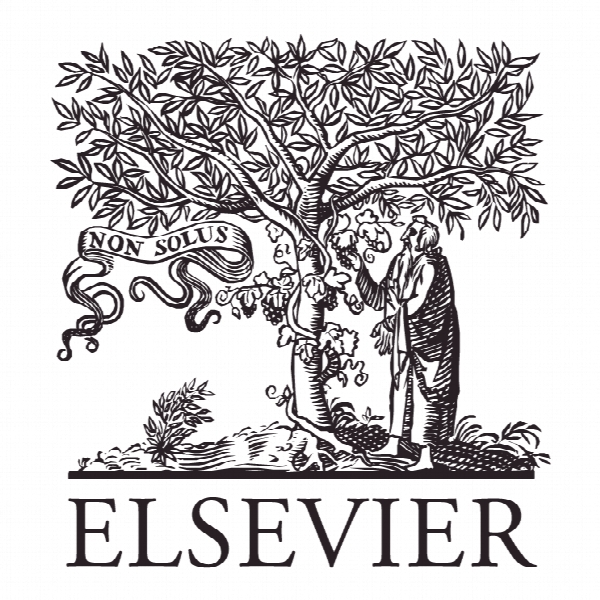شکل دهی به پیاده سازی استانداردهای FSC: مورد حسابرسان در برزیل Shaping the implementation of the FSC standard: the case of auditors in Brazil
- نوع فایل : کتاب
- زبان : انگلیسی
- ناشر : Elsevier
- چاپ و سال / کشور: 2018
توضیحات
رشته های مرتبط حسابداری و اقتصاد و منابع طبیعی
گرایش های مرتبط مهندسی جنگل و جنگلداری
مجله سیاست جنگل و اقتصاد – Forest Policy and Economics
دانشگاه Cirad-Green- Campus International de Baillarguet – France
منتشر شده در نشریه الزویر
کلمات کلیدی انگلیسی Certification, Auditing, Forest management, Forest plantation, Brazil
گرایش های مرتبط مهندسی جنگل و جنگلداری
مجله سیاست جنگل و اقتصاد – Forest Policy and Economics
دانشگاه Cirad-Green- Campus International de Baillarguet – France
منتشر شده در نشریه الزویر
کلمات کلیدی انگلیسی Certification, Auditing, Forest management, Forest plantation, Brazil
Description
1. Introduction The Forest Stewardship Council (FSC) was founded in 1993 by a group of businesses, environmentalists and community leaders to catalyze changes towards sustainable forest management worldwide (Pinto and McDermott, 2013). Member of ISEAL (International Social and Environmental Accreditation and Labeling) Alliance, with slightly over 180 million hectares certified by FSC in 80 countries, it is one of the most widely recognized forest certification systems. Its aim is to reassure consumers that the timber products they are buying come from well managed forests that respect specific environmental, social and economic principles and criteria (Lewis and Davis, 2015). It is a quite demanding standard since certification is based on 10 principles, 55 criteria and an average of 200 indicators that have to be verified by external audit. Certification bodies and their auditors report conformance and non-conformance with each indicator, request corrective actions (CAR) and grant (or not) certification. They are responsible for the quality and effectiveness of the certification system (Tulaeva, 2013). Several authors have analyzed why forest companies are reforming their practices to comply with the FSC standard (e.g. Harstfield and Ostermeier, 2003; Cashore et al., 2005; Van Kooten et al., 2005; Overdevest and Rickenbach, 2006; Araujo et al., 2009; Galati et al., 2017). Even with sometimes limitations to their basis for causal inference (Romero et al., 2017), others have focused on the impacts of FSC on forest management (e.g. Cerutti et al., 2011), on the enhancement of livelihood conditions (e.g. Cerutti et al., 2014; Harada, 2014; Kalonga and Kulindwa, 2017), or on the conservation of ecosystem services (e.g. Van Kuijk et al., 2009; Sheil et al., 2010; Nasi et al., 2012; Dias et al., 2015). By looking at the impacts of FSC through the results of certification audits, several studies have provided detailed analysis of the CARs found in audit reports (e.g. Newsom et al., 2006; Pena Claros et al., 2009; Masters et al., 2010). Despite these studies, more research is needed on how certification is implemented (Tysiachniouk and McDermott, 2016). Indeed, little is known about “how” certification bodies, auditors’ rules, and audit procedures shape the implementation of the standard even though what they define as non-compliance guides the company in reforming their forest management through the required corrective action (Maletz and Tysiachniouk, 2009). A better understanding of the “how” requires examination of the indicators of specific national standards, the rules and practices of certification bodies and their auditors.


